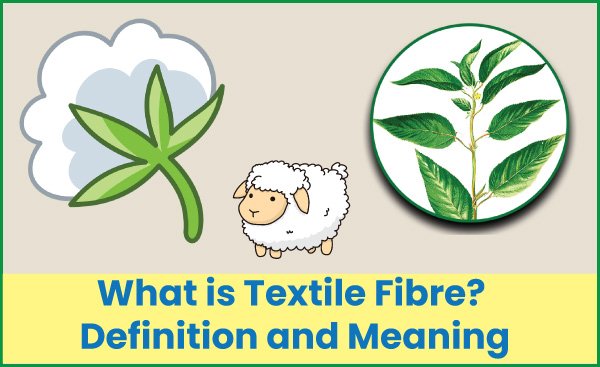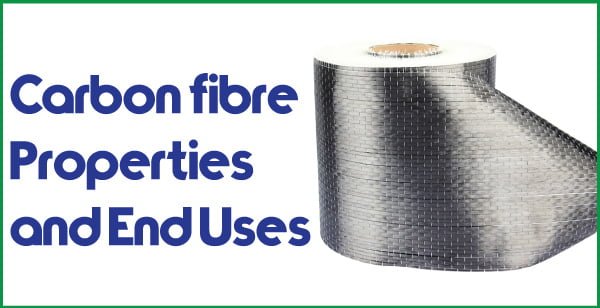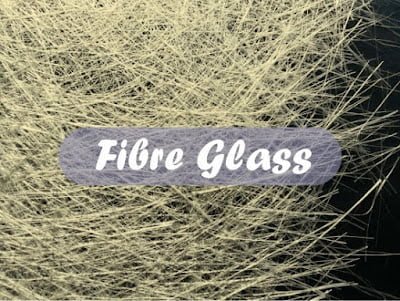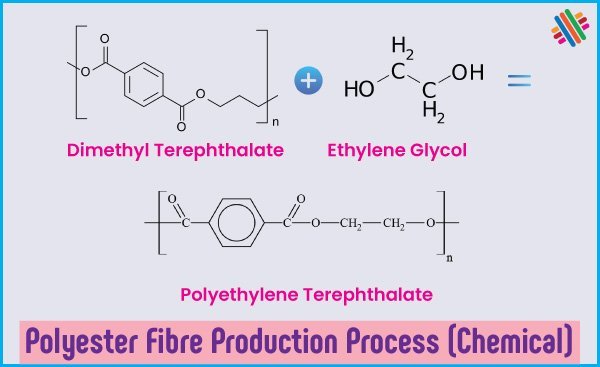Classification of Textile Fibres | Natural & Synthetic Types
Textile fibres are the raw materials used to make yarns and fabrics. These fabrics then become the clothes we wear every day. Whether it’s breathable cotton for summer or warm wool for winter, understanding fibre ….. Read More





![Jute: The Golden Fibre | How Jute is Cultivated [Images]](https://textileapex.com/wp-content/uploads/2023/10/Jute.jpg)
